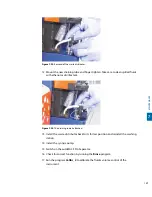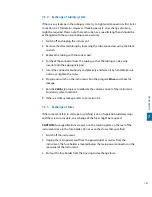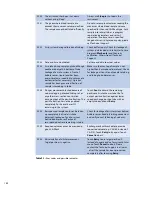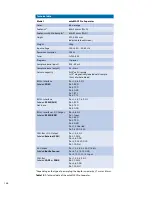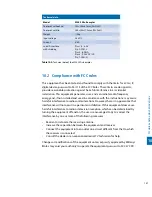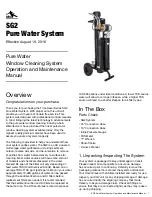
146
9.2 Hardware issues not indicated by an error screen
9.2.1 Column leakage
1 If a freshly installed autoMACS Column shows signs of leakage, check if the
column is installed properly. The column should be inserted precisely into the
column connector and fastened to the point of resistance. If this is not the case,
loosen the column connector, insert the column precisely, and tighten the
connector again.
2 Run the Qrinse program: Go to the Separation menu from the upper
navigation bar and press Wash now. Select Qrinse and press Run. Check if the
leakage persists. If so, unscrew the column and check if the luer connectors of
the columns are damaged. If this is the case, exchange the leaking column with
a new autoMACS Column (refer to section 7.2.1).
3 Check if the column connector is fastened properly. If not, use second wrench to
counter and tighten another quarter-turn.
4 If the problem persists, contact Technical Support
9.2.2 Tubing leakage
1 Identify the location of the leaky tubing by running the Rinse program. Press
Wash Now from the lower menu bar in the Separation menu. Select Rinse and
press Run.
2 Check whether the tubing is tightened properly. If this is not the case, tighten
the tube connector. The connector should be inserted precisely.
3 If the problem persists, loosen the tube connector and pull back the connector
from the tubing. Do not remove the connector from the tubing.
4 Check the ends of the tubing for wear and fissures. If necessary, replace tubing
with the appropriate spare part. Insert the tubing into the appropriate port.
Then cautiously insert and fasten the tube connector.
5 Run the Rinse program and check if the leakage persists. If so, unscrew the
tubing and check if the screw thread is damaged. If this is the case, order and
install new tubing. Please note that each tube has a specific length and should
be exchanged with the corresponding spare part only.
6 If the problem persists, contact Technical Support.








